After the visit to the exceptionally interesting Hancock Shaker Village, my friend Daniela and I continued with our journey around the west parts of the region of New England in the northeast USA. The route proposed by the navigation built into the rented car took us, however, for a short while back to the state of New York, only to return us to Massachusetts once again. Along the way, we passed by a farm right next to the road that had a very nicely decorated shop in which they sell products grown and processed at the farm. We did not stop there to buy anything, but we really loved the sight, so we pulled off for a moment or so in order for me to take a couple of photos. I really loved not only the sight, but also this need of the local people to make the area around their property and shops more beautiful.
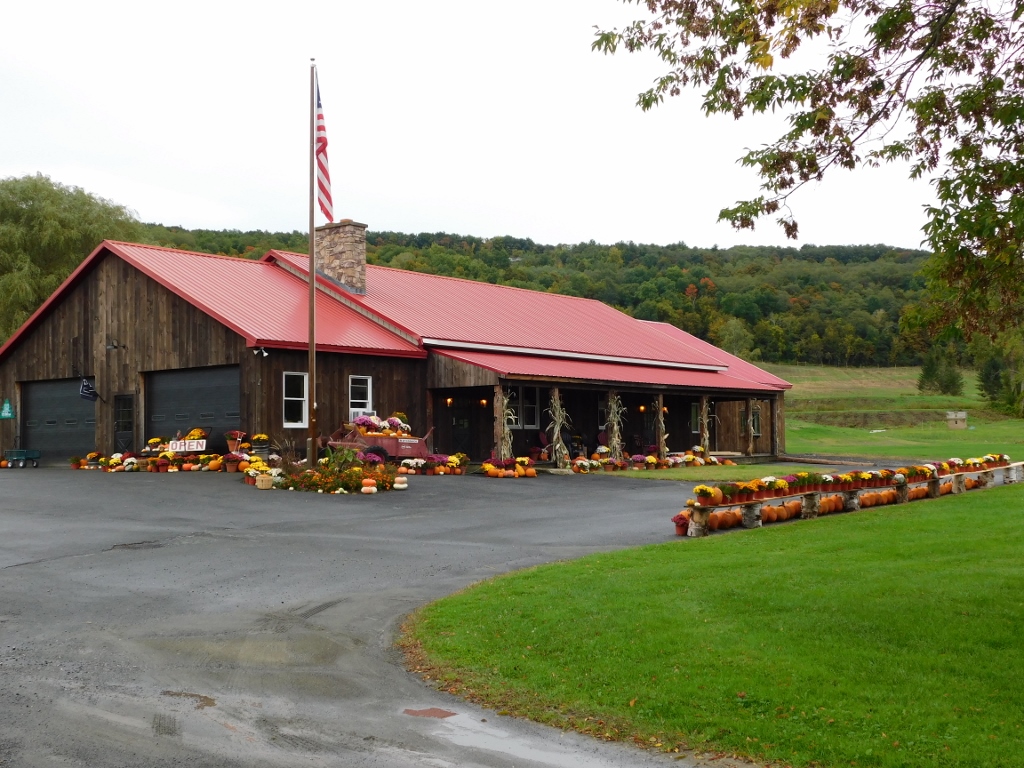 Farm and a shop by the road
Farm and a shop by the road
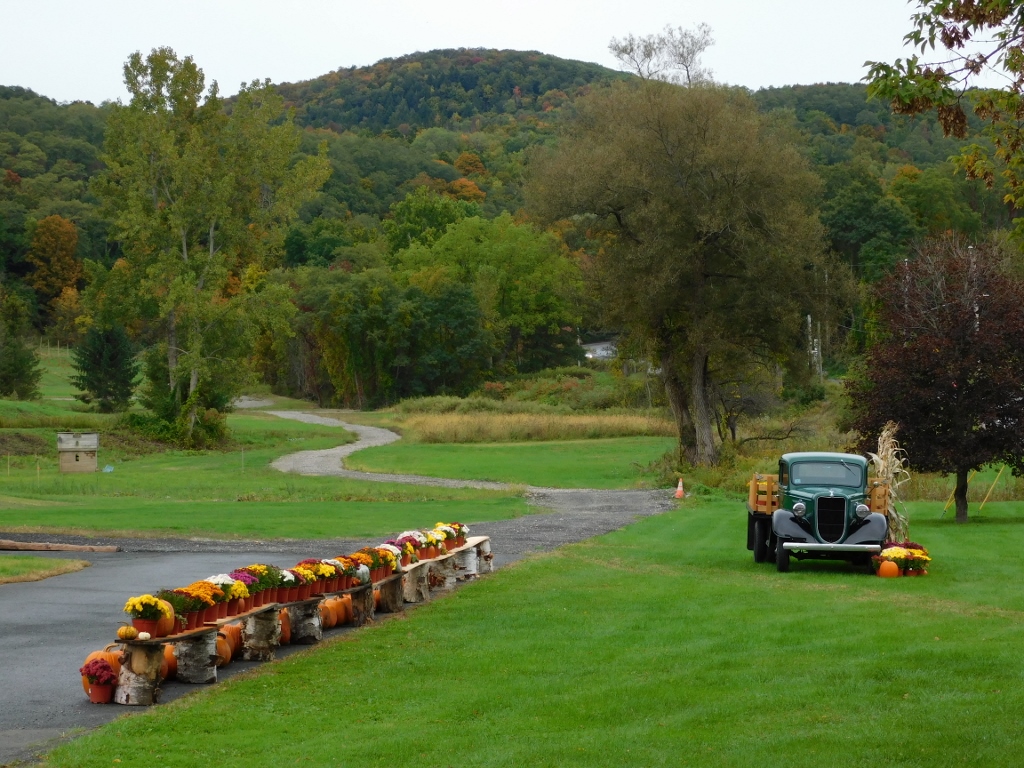 Farm and a shop by the road
Farm and a shop by the road
Our current destination was Williamstown located in the northwest corner of the state of Massachusetts where the first settlement was set up in 1749. Already as we were entering the town and getting close to the very centre it was quite clear that this was an impressive place, with perfectly kept lawns, greenery, lots of space and beautiful, big buildings that reflect the colonial past of the town.
We first found a parking lot, leaving the car there, and then we went for a walk around the centre of the town heading for the main street.
Williamstown is a small place renowned for its very prestigious Williams College founded here in 1793. No wonder that many of the most striking buildings in the downtown area are linked precisely to the college and its functioning.
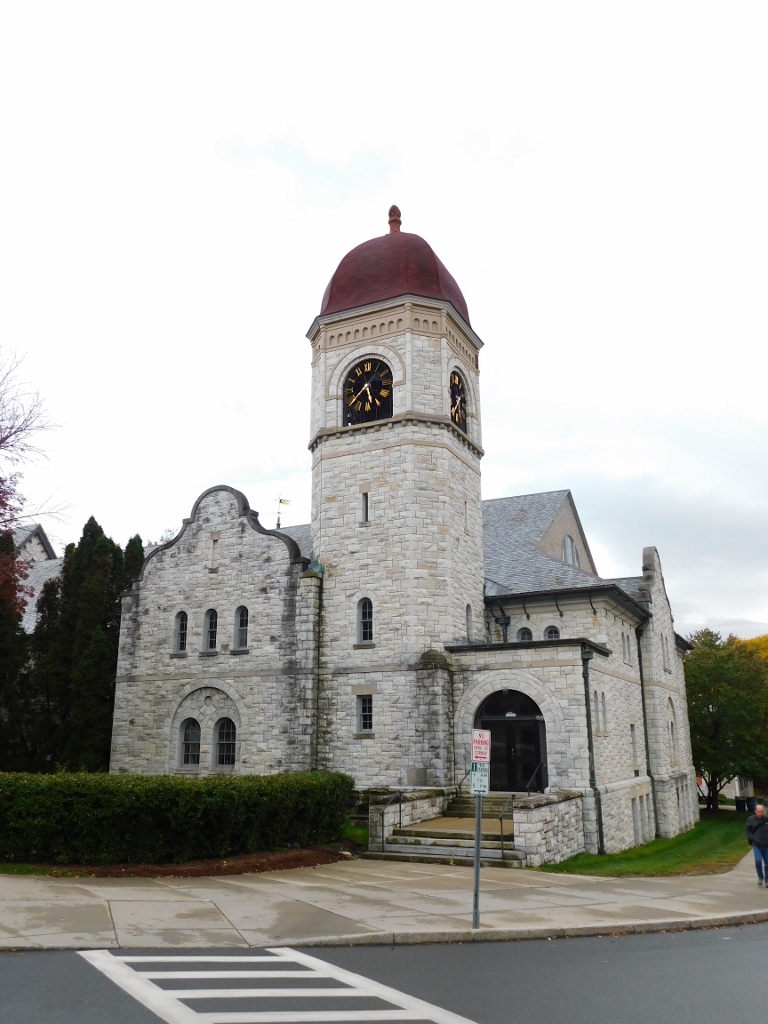 Williamstown
Williamstown
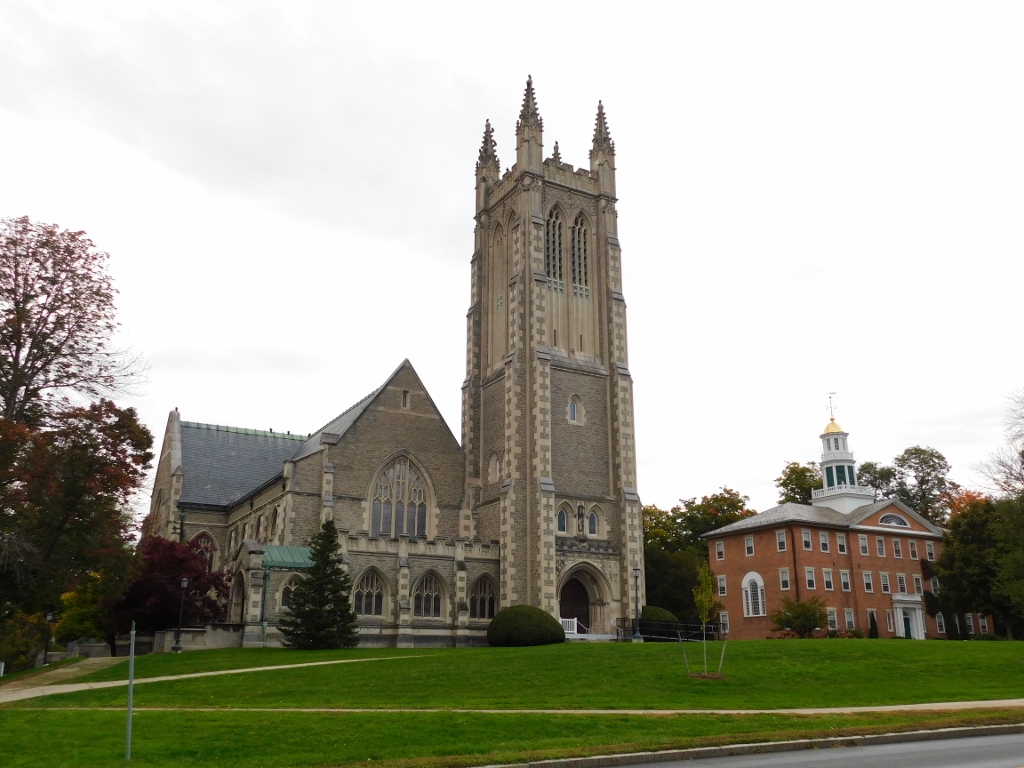 Williamstown
Williamstown
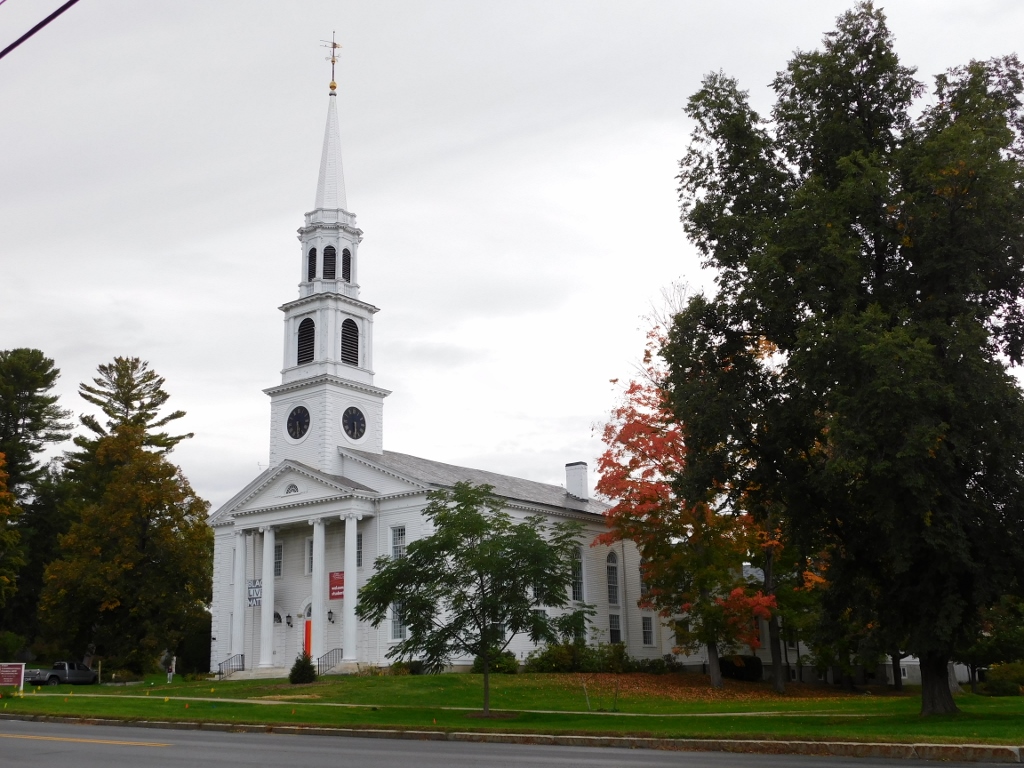 Williamstown
Williamstown
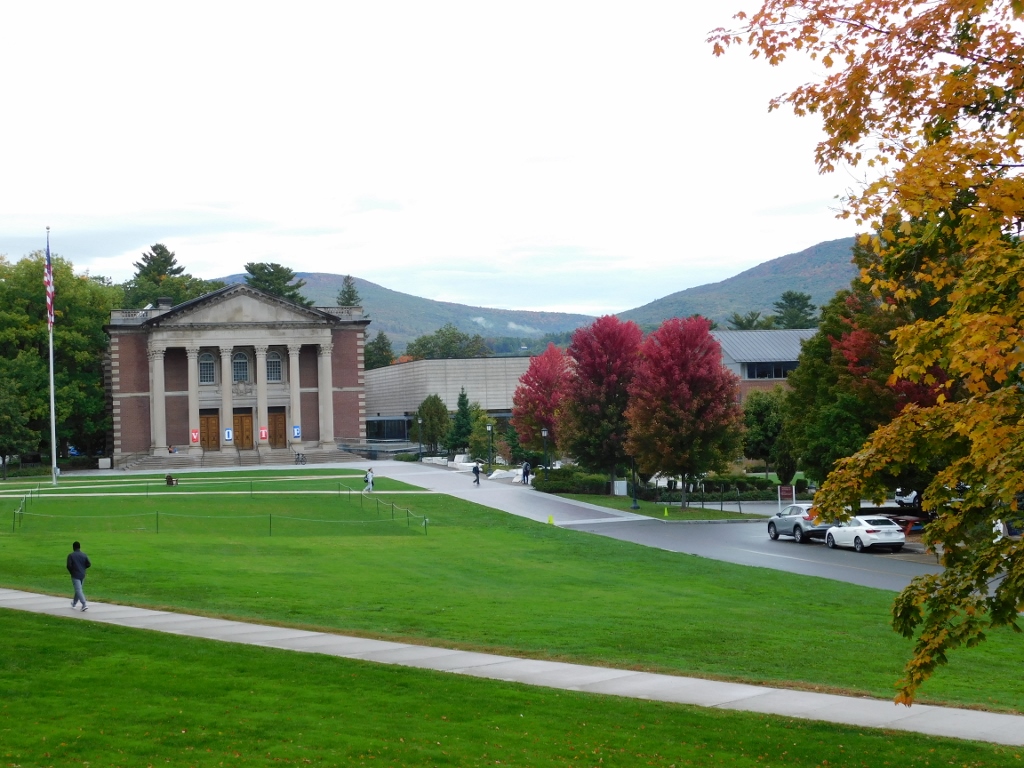 Williamstown
Williamstown
But, no matter how much I enjoyed the beauty of the buildings, I was much more impressed by the trees, i.e., by the colour of the leaves that comes out in autumn.
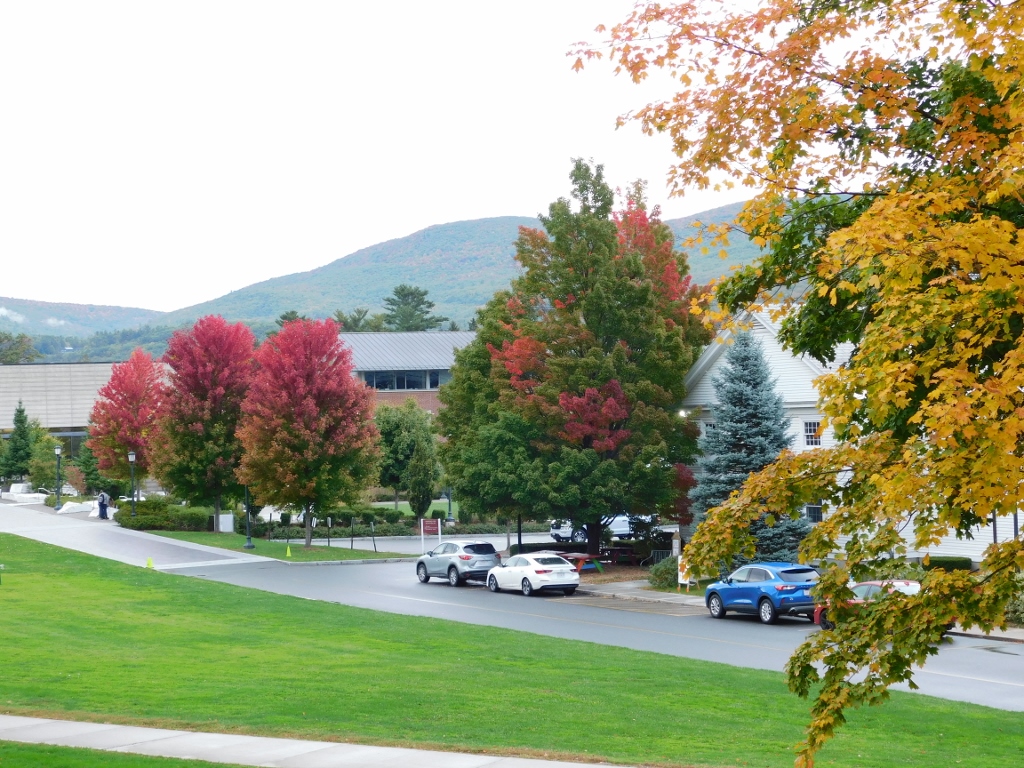 Autumn in Williamstown
Autumn in Williamstown
Since we had already planned to have a late lunch/early dinner here, we did not walk for too long, opting instead to stroll a little along one side of the main street, only to return soon enough to the one from which we first started. In the photo below, the main street in Williamstown can be seen on the right-hand side.
 Williamstown
Williamstown
What is interesting about this street is that it is called the Mohawk Trail, because back in the day this was the Native American trading route that connected the tribes living closer to the Atlantic Ocean and the tribes living more to the west. According to what I have read, this trail, the route of which is nowadays covered by parts of modern roads 2 and 2A that run in the east-west direction, constitutes one of the most beautiful drives in Massachusetts.
Be as it may, Daniela and I headed towards the parking lot where we had left the car and where, in the vicinity, there was also a restaurant that we wanted to go to. Along the way, I continued with undiminished delight to look at the treetops that seemed completely unreal with the changes in the colour of their leaves.
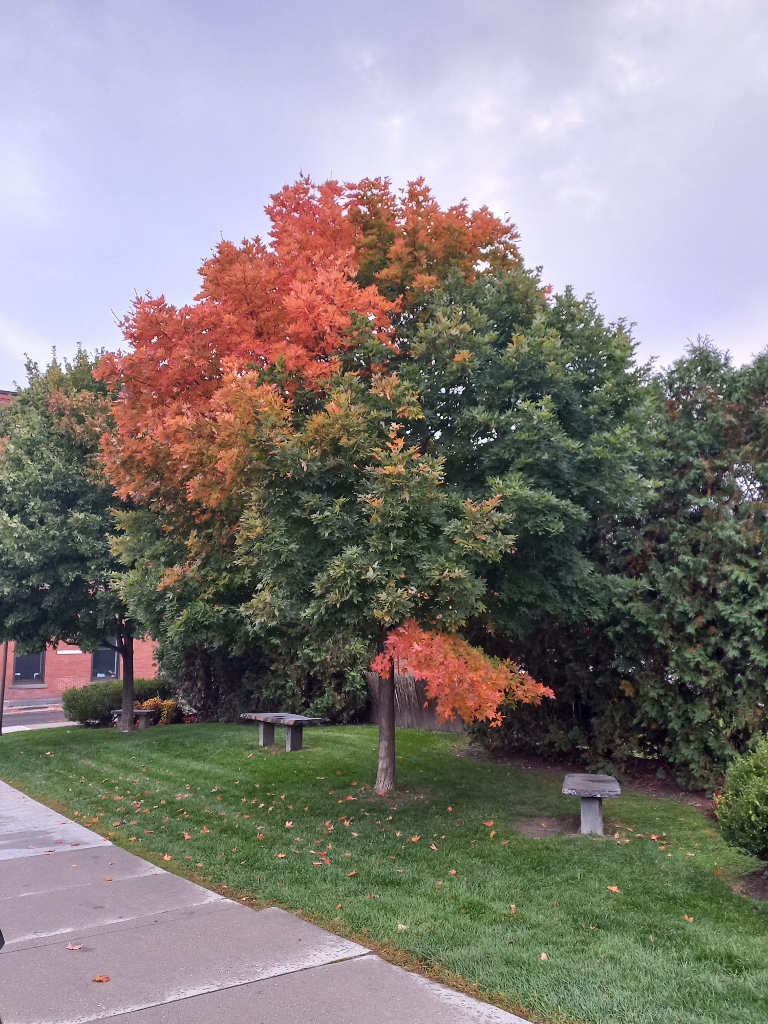 Autumn in Williamstown
Autumn in Williamstown
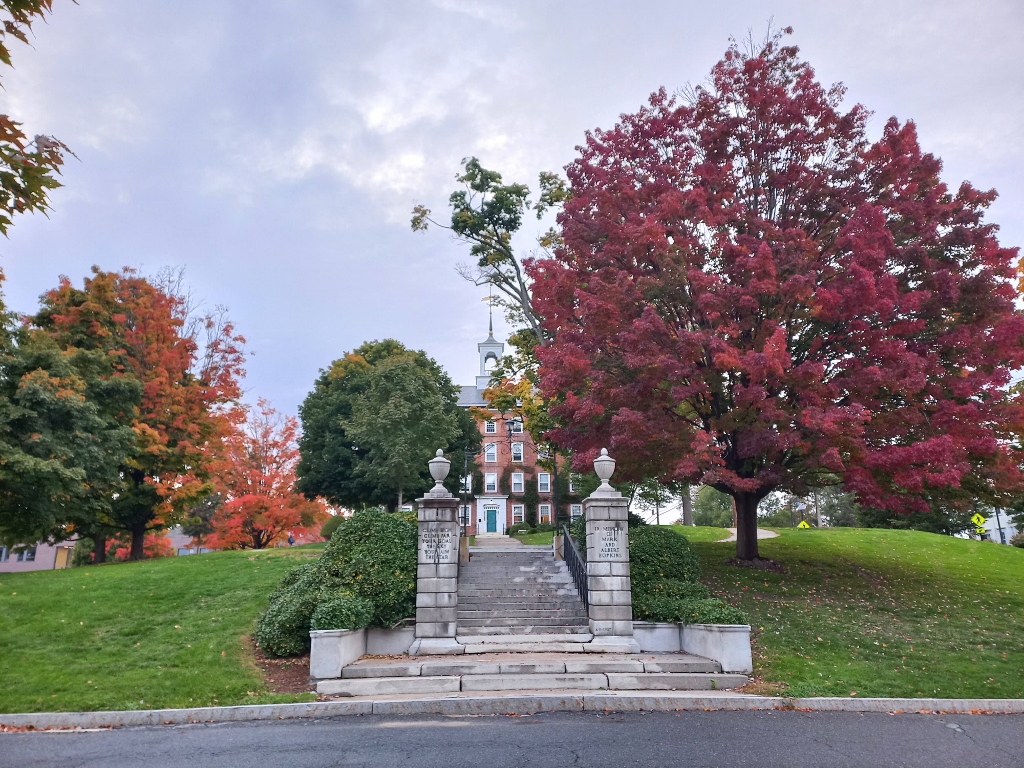 Autumn in Williamstown
Autumn in Williamstown
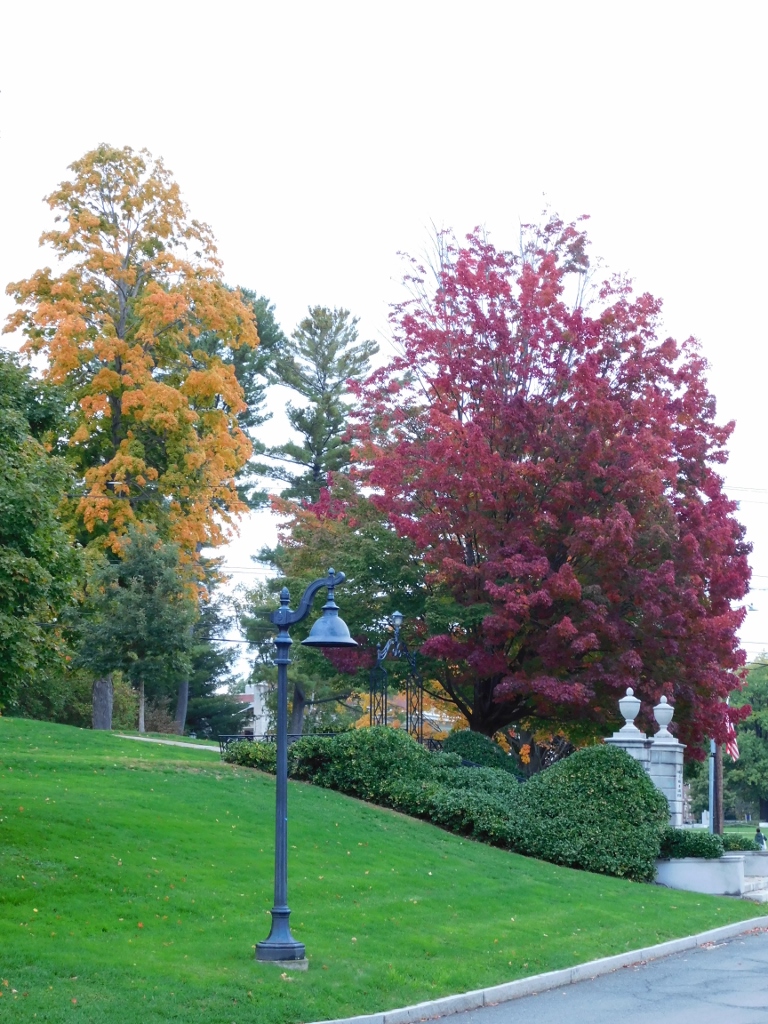 Autumn in Williamstown
Autumn in Williamstown
 Autumn in Williamstown
Autumn in Williamstown
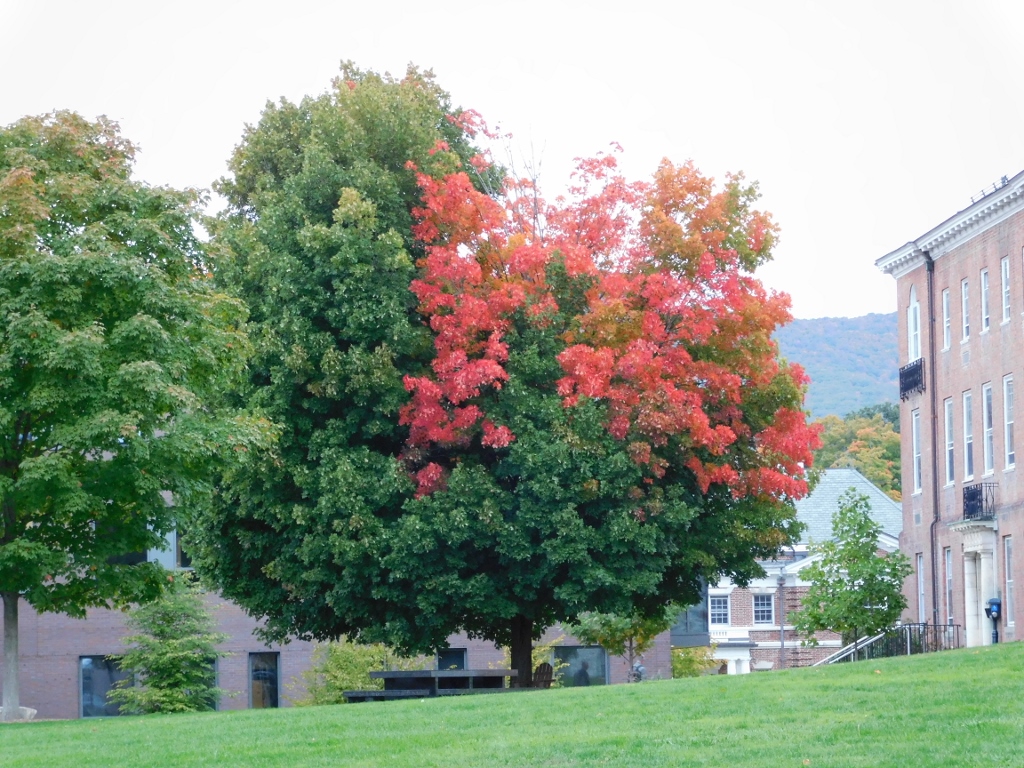 Autumn in Williamstown
Autumn in Williamstown
We went along a street with lots of shops, restaurants and cafés, but we were actually going to a restaurant that Daniela had found on her phone.
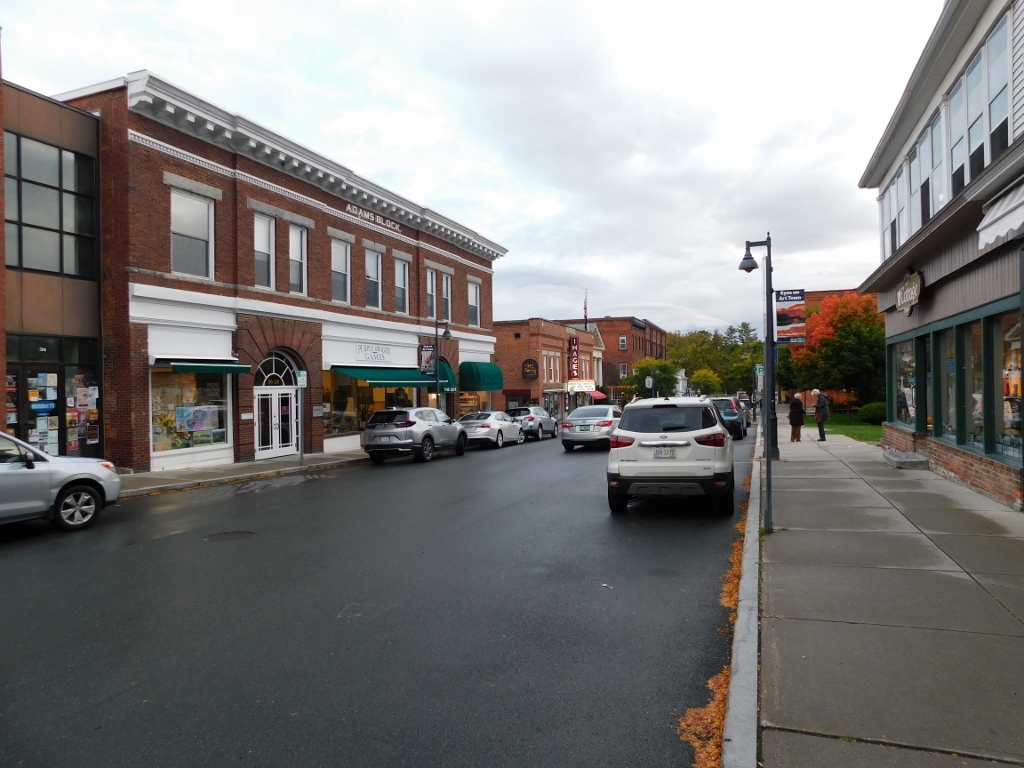 Williamstown
Williamstown
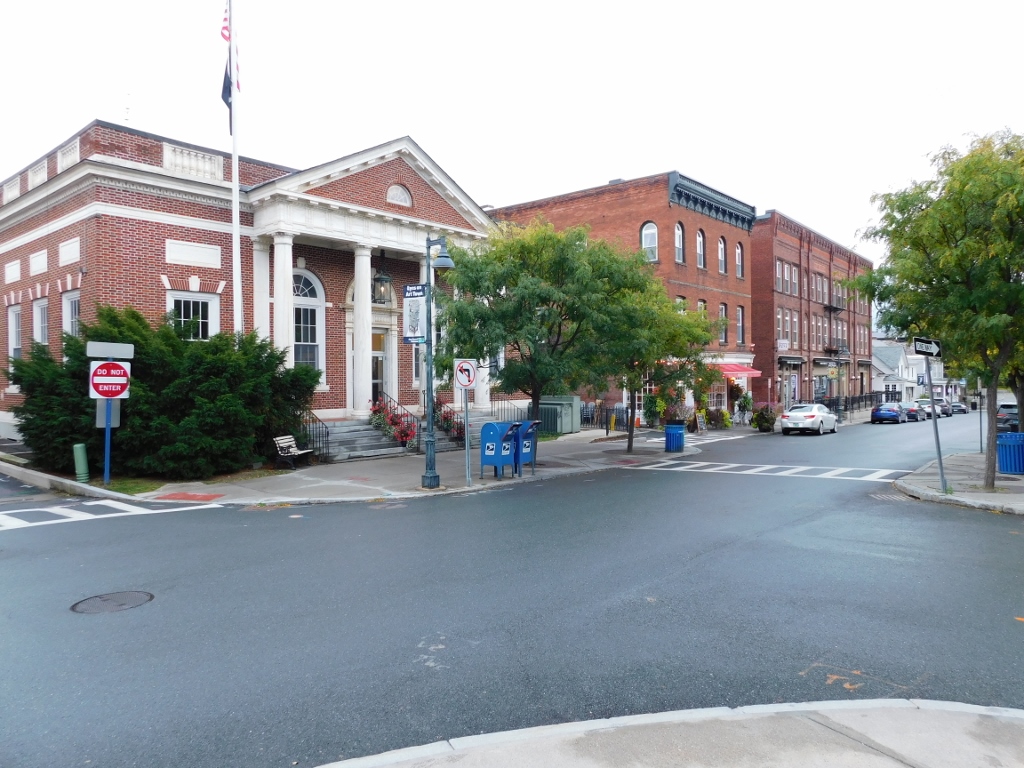 Williamstown
Williamstown
Namely, we established a “rule” here that Daniela was in charge of the place where we would go to eat. As it turned out, she had a very good and tested system for that and every time her choice was faultless. Moreover, she insisted that she should pay for the meal here and all I could do was to be thankful and enjoy. The food was certainly good, but the company of my friend was priceless.
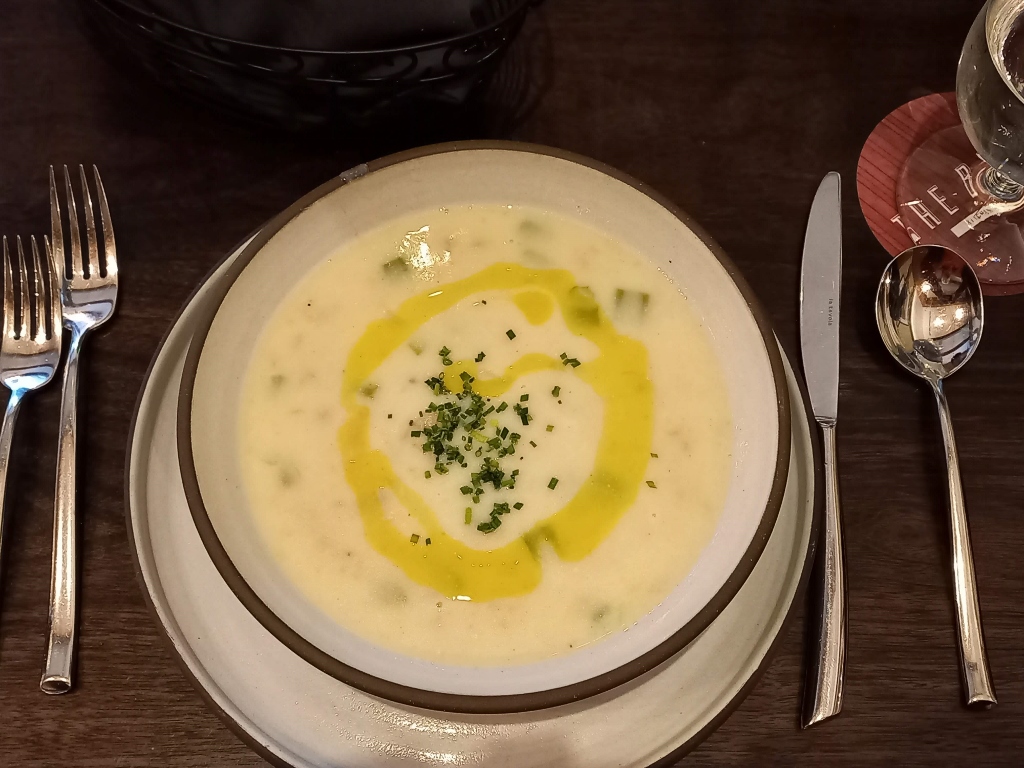 Late lunch in Williamstown
Late lunch in Williamstown
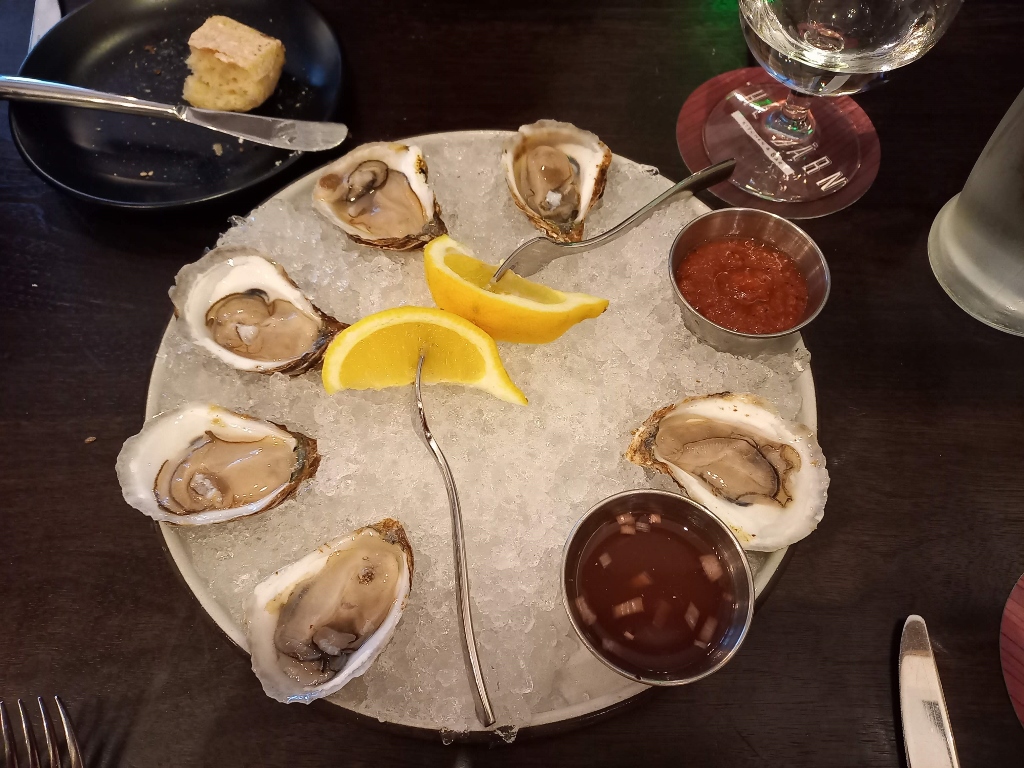 Late lunch in Williamstown
Late lunch in Williamstown
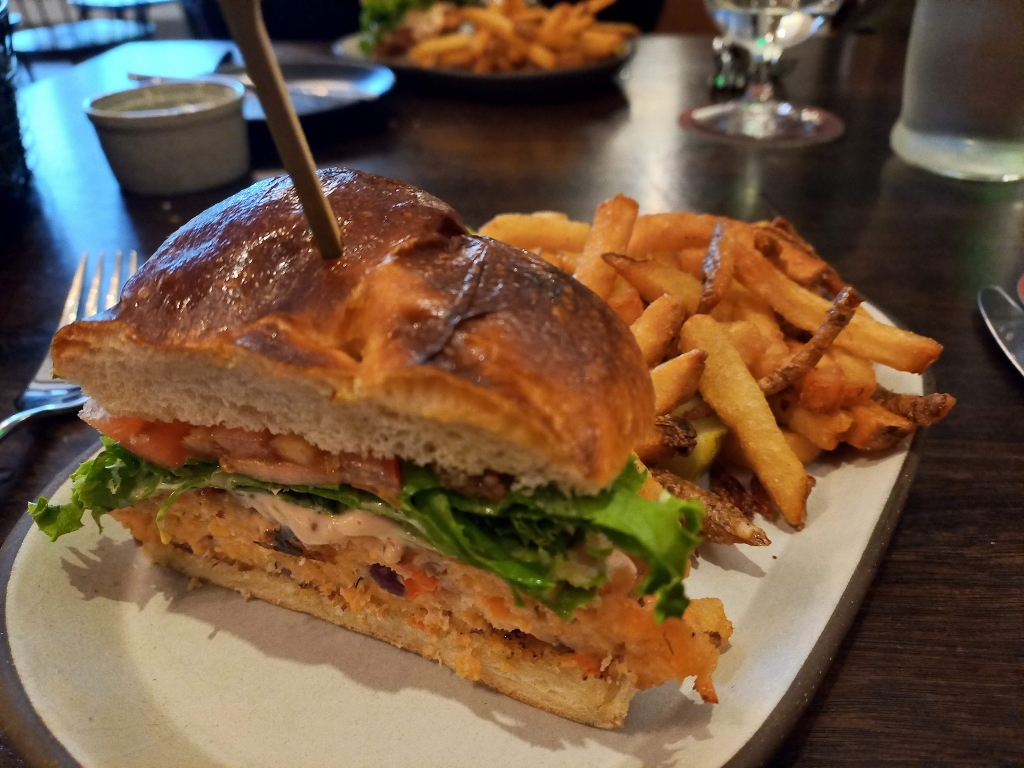 Late lunch in Williamstown
Late lunch in Williamstown
By the time we had finished with our meal, it was already rather late and it was clear we would not have the time to go and see an important place in Williamstown. This was the renowned museum “Clark Art Institute” where the visitor can see a very fine collection set up by Sterling and Francine Clark between WWI and 1956. They lived in New York, but wanted their museum to be located right here, in the idyllic landscapes of the region called the Berkshires.
We only drove to the museum, just to see where it was, enjoying meanwhile in some truly idyllic details that we could seen on our way.
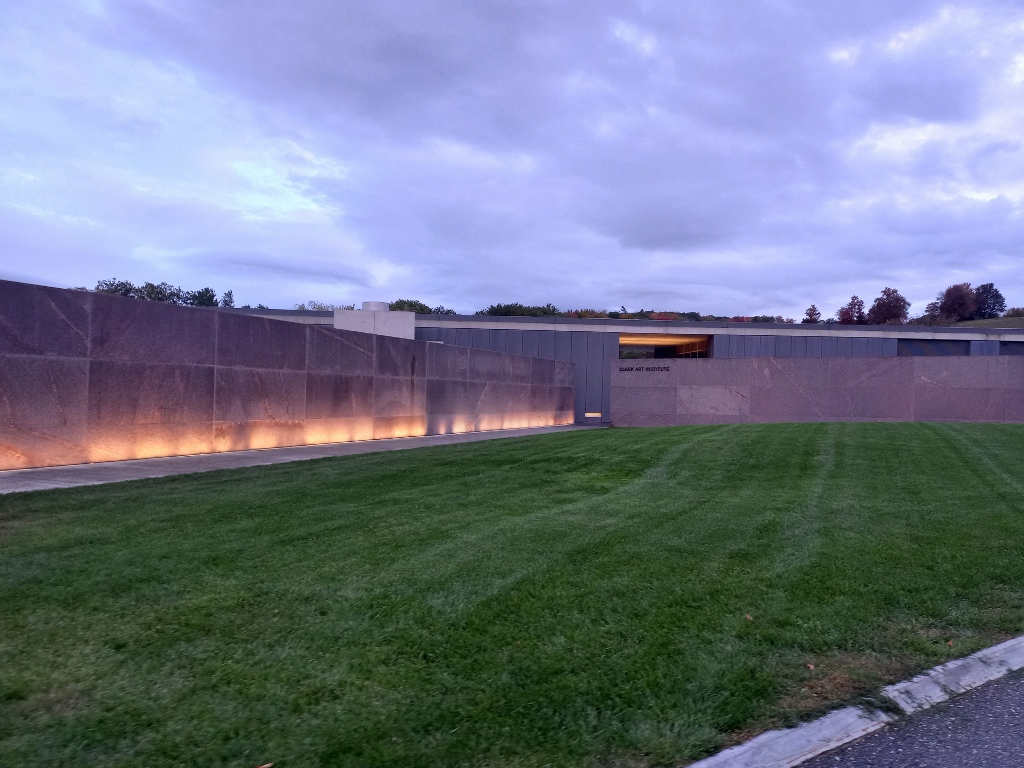 Clark Art Institute in Williamstown
Clark Art Institute in Williamstown
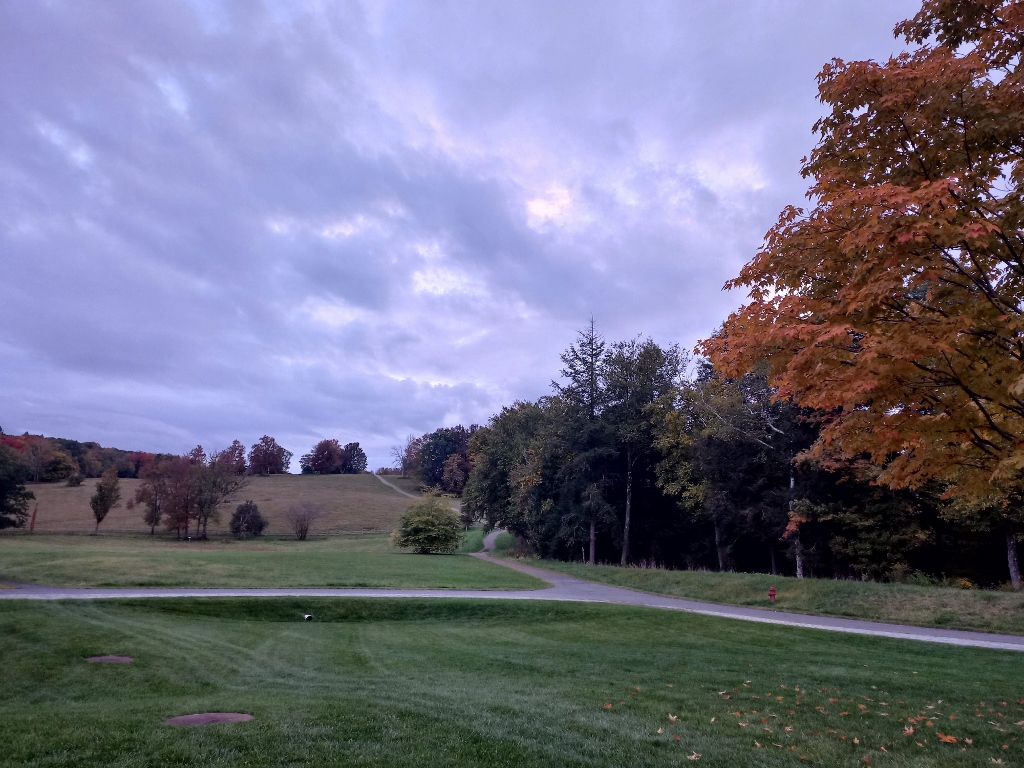 Area around Williamstown
Area around Williamstown
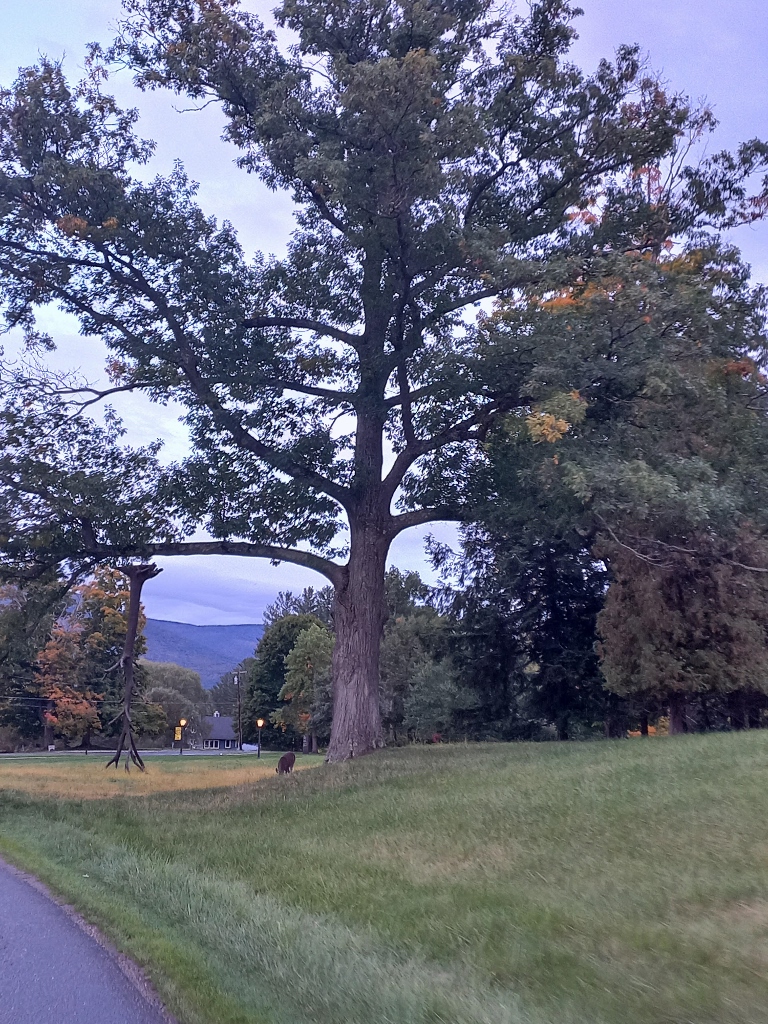 Area around Williamstown
Area around Williamstown
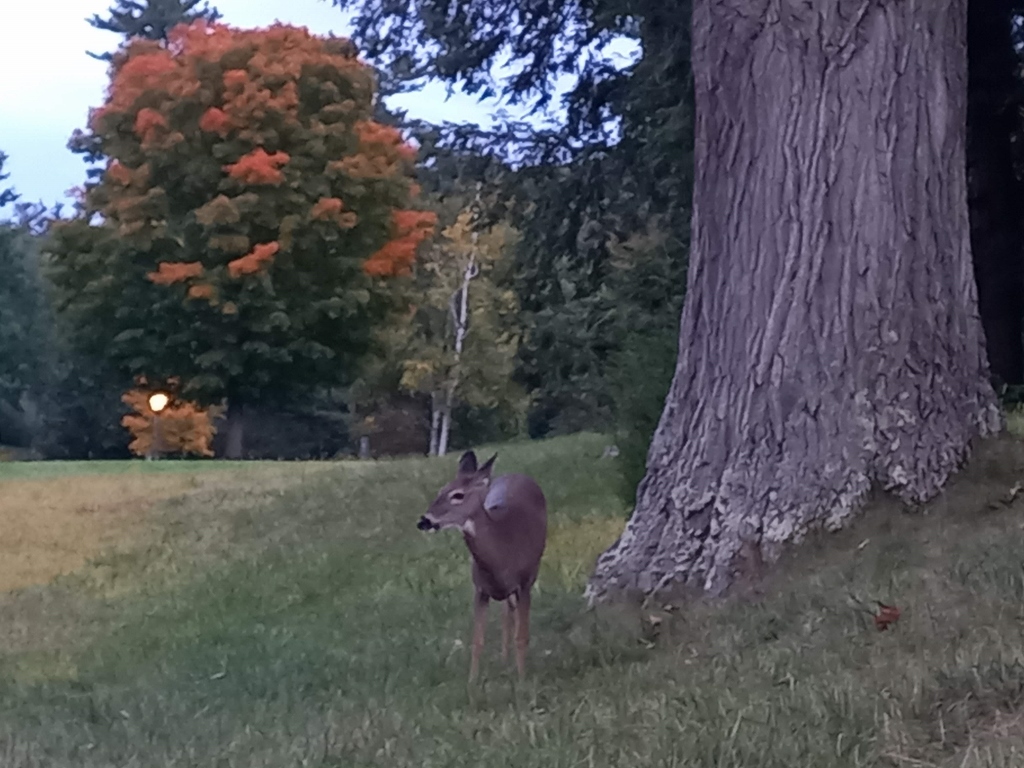 Area around Williamstown
Area around Williamstown
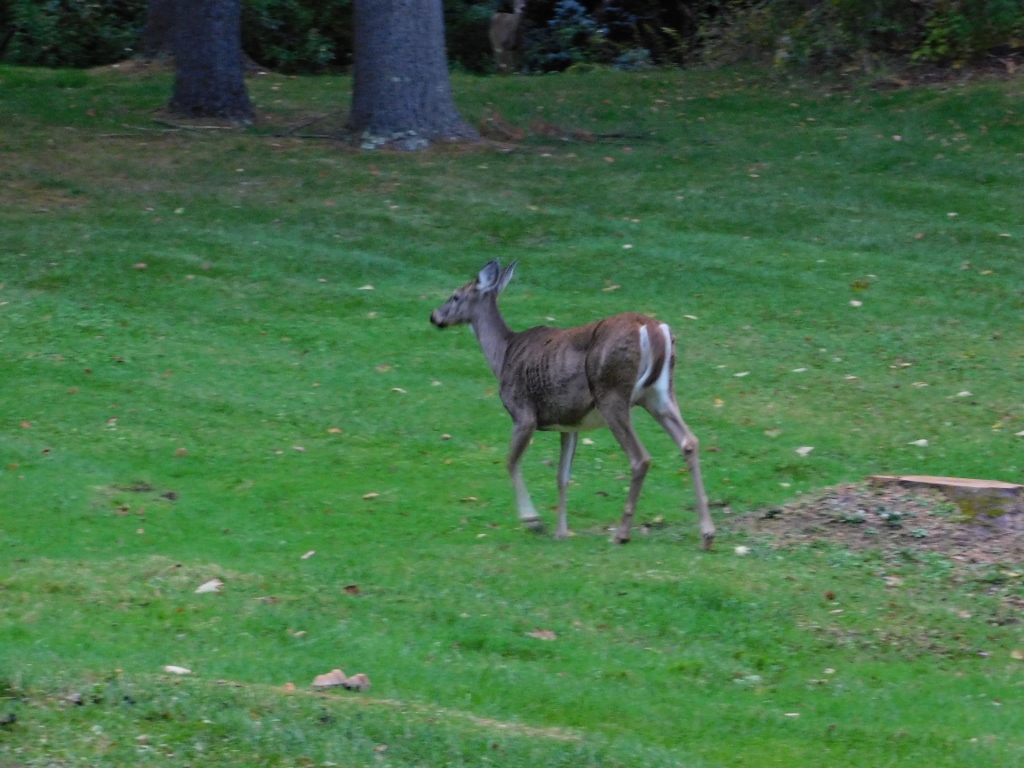 Area around Williamstown
Area around Williamstown
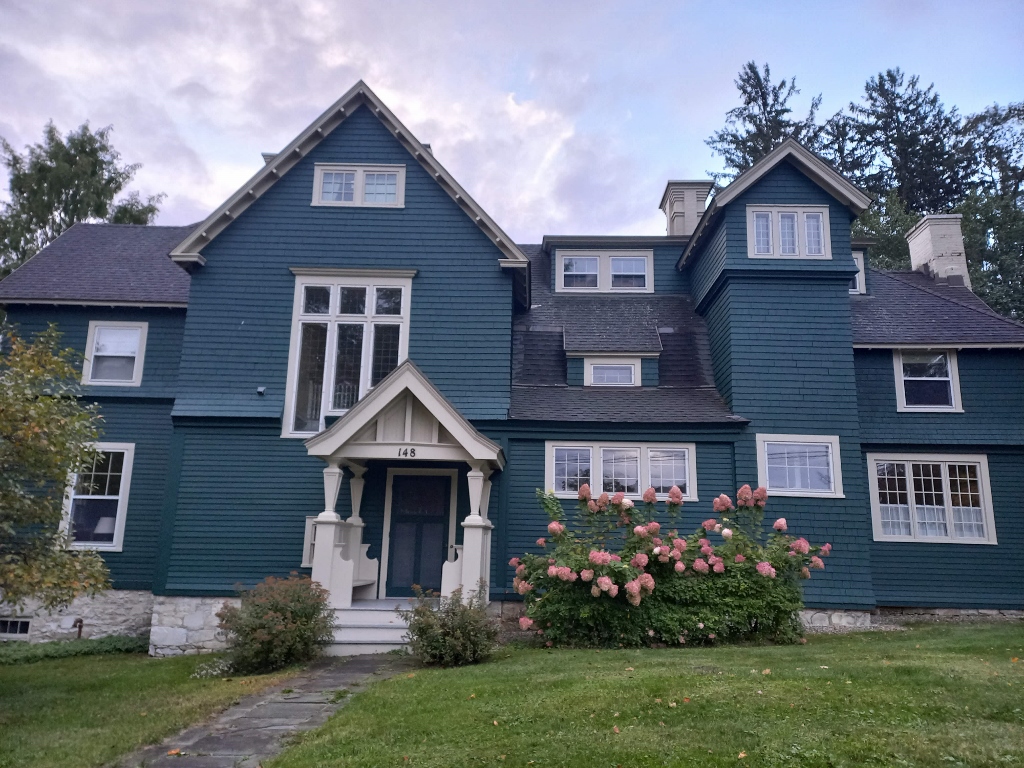 Area around Williamstown
Area around Williamstown
After this, we continued northwards and soon reached the territory of the federal state of Vermont that was actually the backbone of this trip.
I have already said at the beginning of this travelogue that I got the idea for this trip when I was planning the purchase of the plane ticket to New York for the autumn period. The autumn in Vermont (or rather, the US version – the fall in Vermont) is almost a notion by itself. Although the phenomenon of multicoloured autumn leaves is by no means linked only to this US state, it is widely believed that the colours of the autumn leaves are most beautiful right here. This is probably thanks to the fact that Vermont is sparsely populated (it is the second least populated state in the USA, after Wyoming), which also means that there are lots of areas of untouched nature, primarily forests – over 78% of the territory of Vermont is covered in forests.
We spent this night again by staying at a typical motel by the road. But, it was all much better seen the following morning. There is a central area with the reception, while the wings of the ground-floor structure are divided into rooms accessed directly from the outside. In front of each room there is enough space to park the car once the guests arrive.
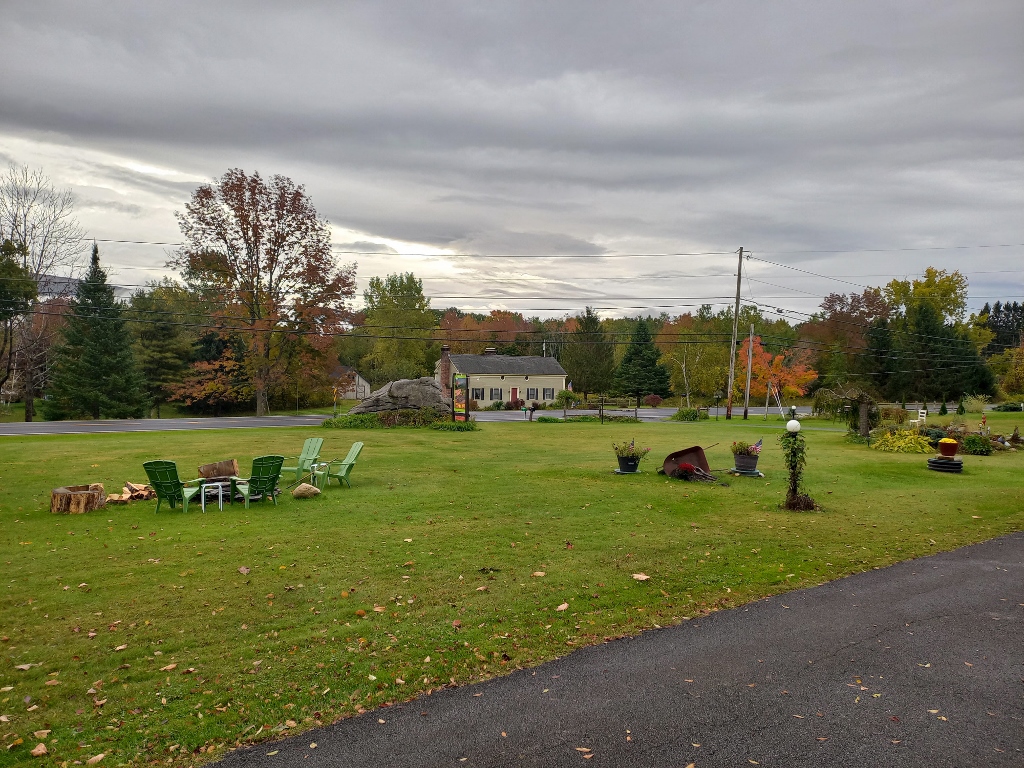 Lawn in front of the motel and the road leading to Arlington, VT
Lawn in front of the motel and the road leading to Arlington, VT
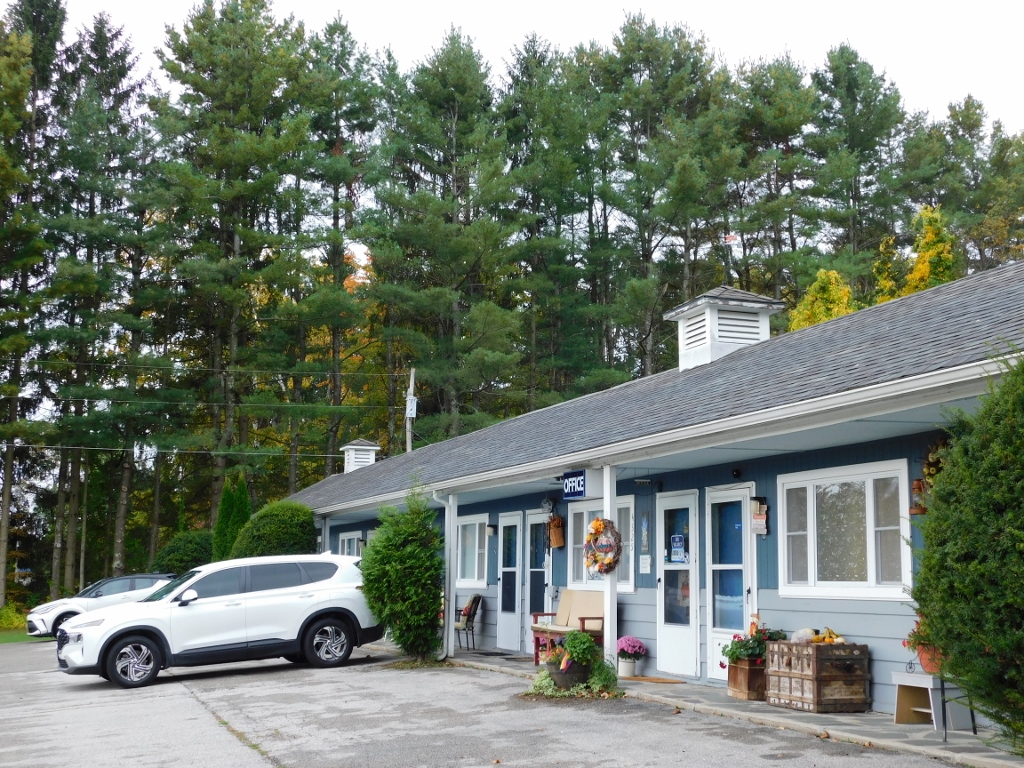 Motel in Vermont
Motel in Vermont
We did not have a breakfast here, so after vacating the room and leaving the keys we simply drove west of the place called Arlington in Vermont. There was something I dearly wanted to see there, but we first got off that road, drove over a bridge (!) and continued a little farther by a completely local road, albeit only for a very short while. Soon we parked the car and continued on foot alongside an exceptionally picturesque farm that extends between that local road and the bed of the Batten Kill River. According to what I could find on the internet, this is a serious agricultural holding that deals with organic agricultural production.
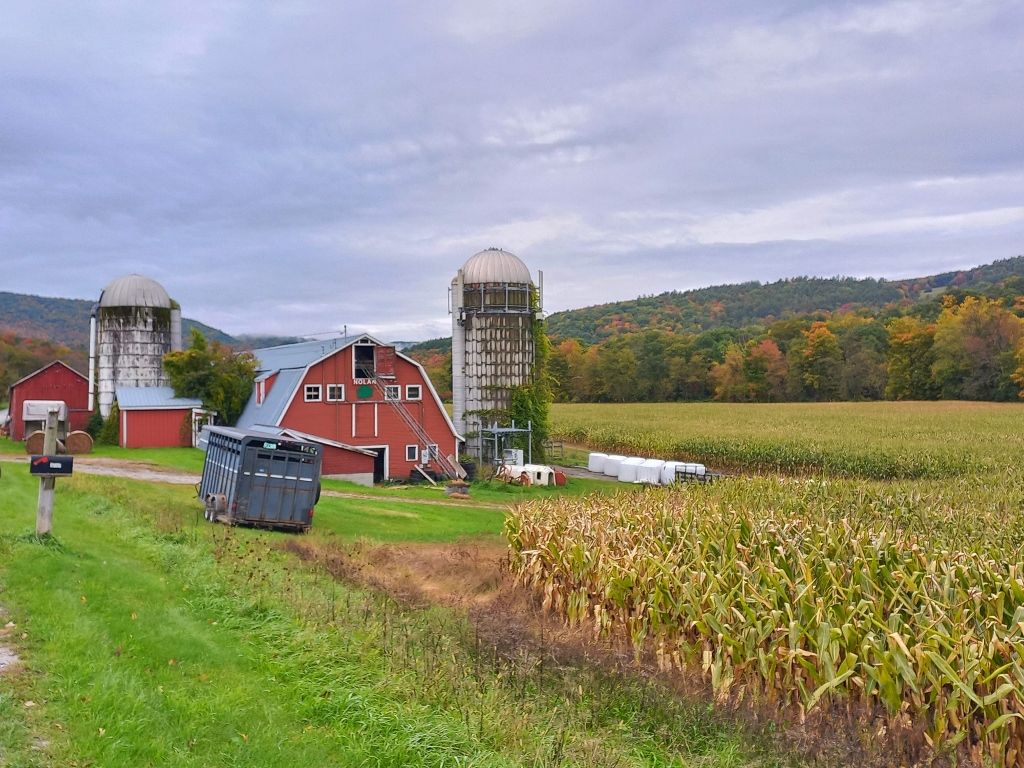 West Arlington
West Arlington
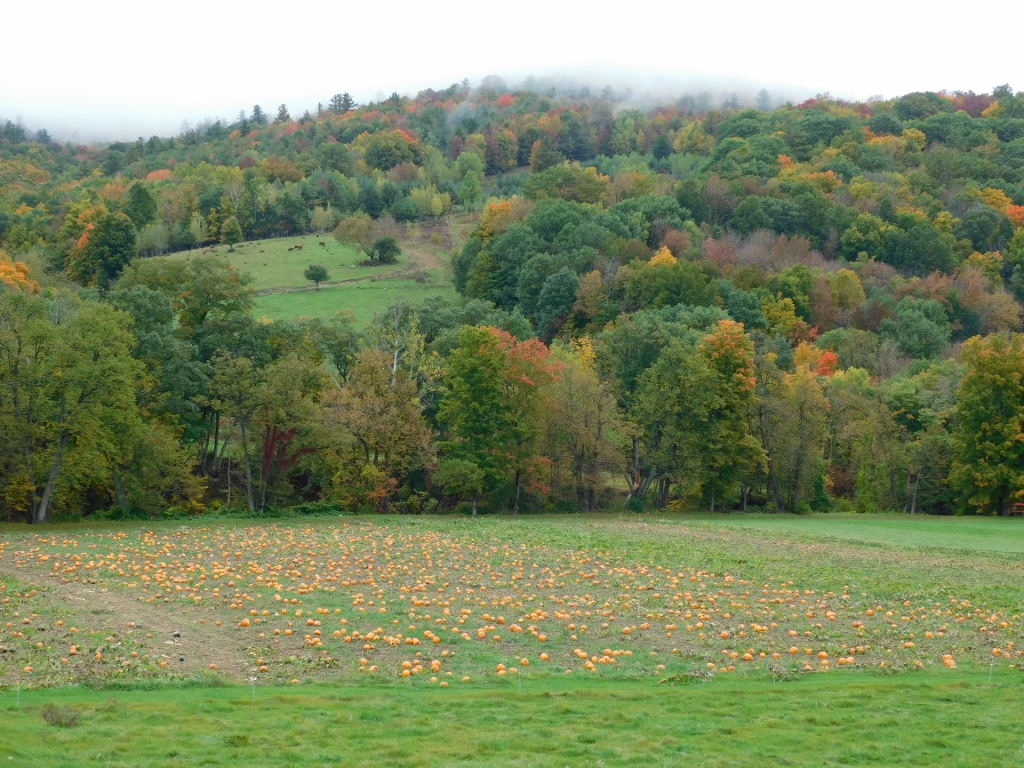 West Arlington
West Arlington
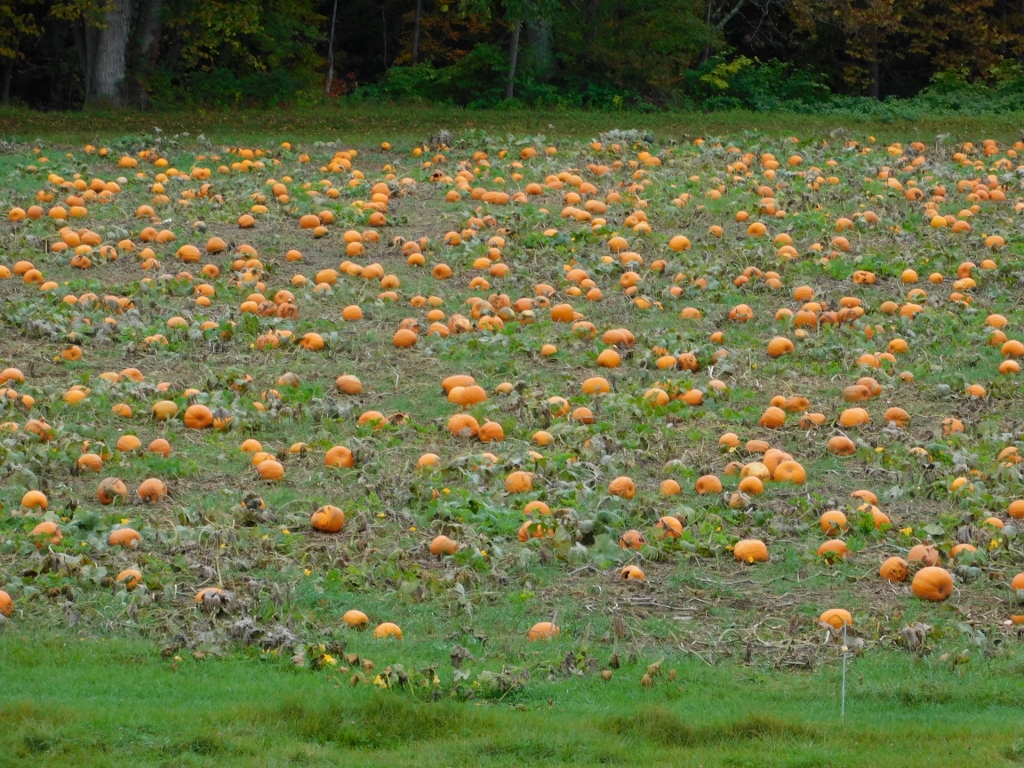 West Arlington
West Arlington
 West Arlington
West Arlington
 West Arlington
West Arlington
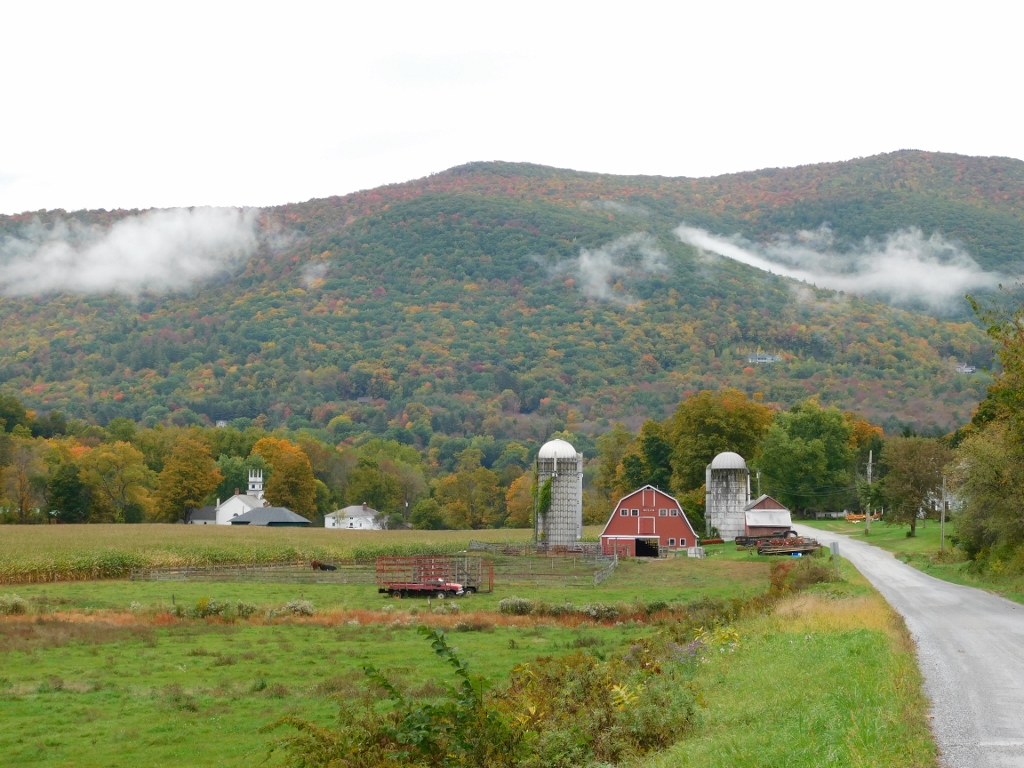 West Arlington
West Arlington
At some point, I came across a gentleman and we chatted a little. He told me that this farm is one of the most frequently photographed in the area. I did not find this odd at all – I was absolutely delighted with the sights and the photos above are just a fraction of what I had photographed here.
The farm also includes a house on the other side of the road, where there are some other auxiliary buildings. The photo below clearly shows that it was autumn and the time when the pumpkins were fully ripe.
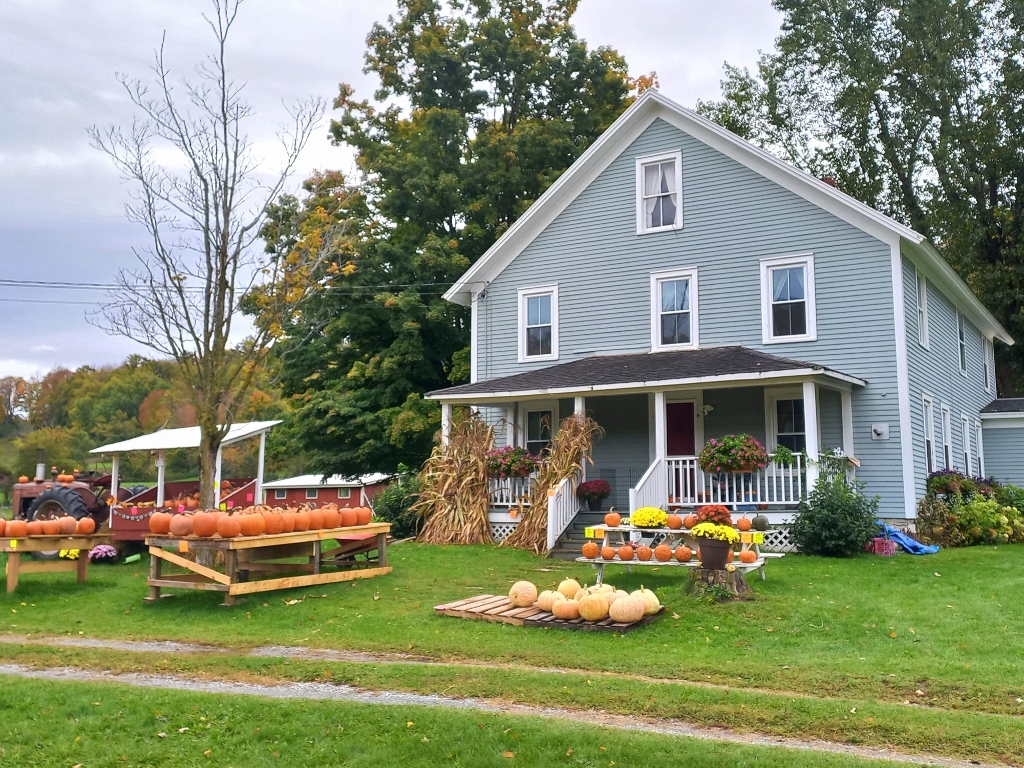 West Arlington
West Arlington
On the same side of the small river as this farm, there is also a house that was during a certain period inhabited by Norman Rockwell (1894-1978), a famous American painter and illustrator who over time became one of the American 20th-century icons. I found it interesting that from this house Rockwell moved to a house in Stockbridge, MA, which Daniela and I visited the previous day. At that time we simply did not have the time to visit a museum there that is dedicated to this artist.
This house here, however, has been turned in the meantime into a kind of a small hotel of a closed type, meaning that it is used for the stay of smaller groups of people. We entered and there were no problems about it, but the place seems more like a private house than a hotel, so we got out soon enough, since we could not take a coffee there as was our intention.
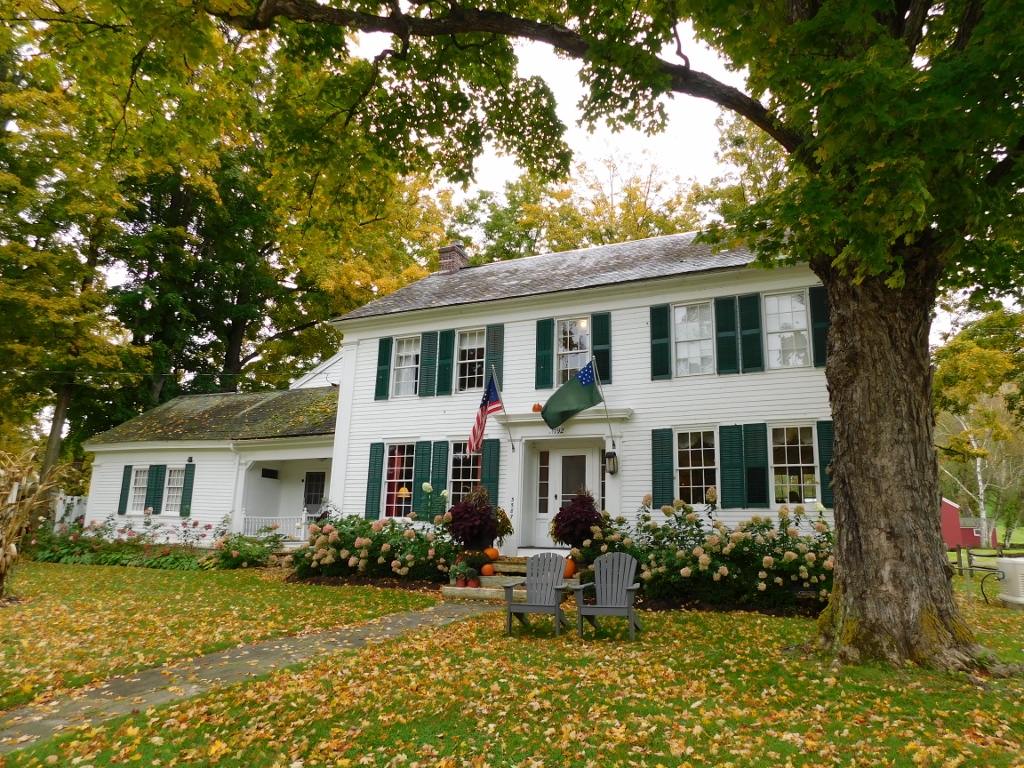 Formerly the house of Norman Rockwell, nowadays a type of a small hotel
Formerly the house of Norman Rockwell, nowadays a type of a small hotel
From here, we headed towards the river, but I still had to take a couple of photos more of the beautiful farm and the hills of Vermont where the trees were undergoing the change in the colour of their leaves.
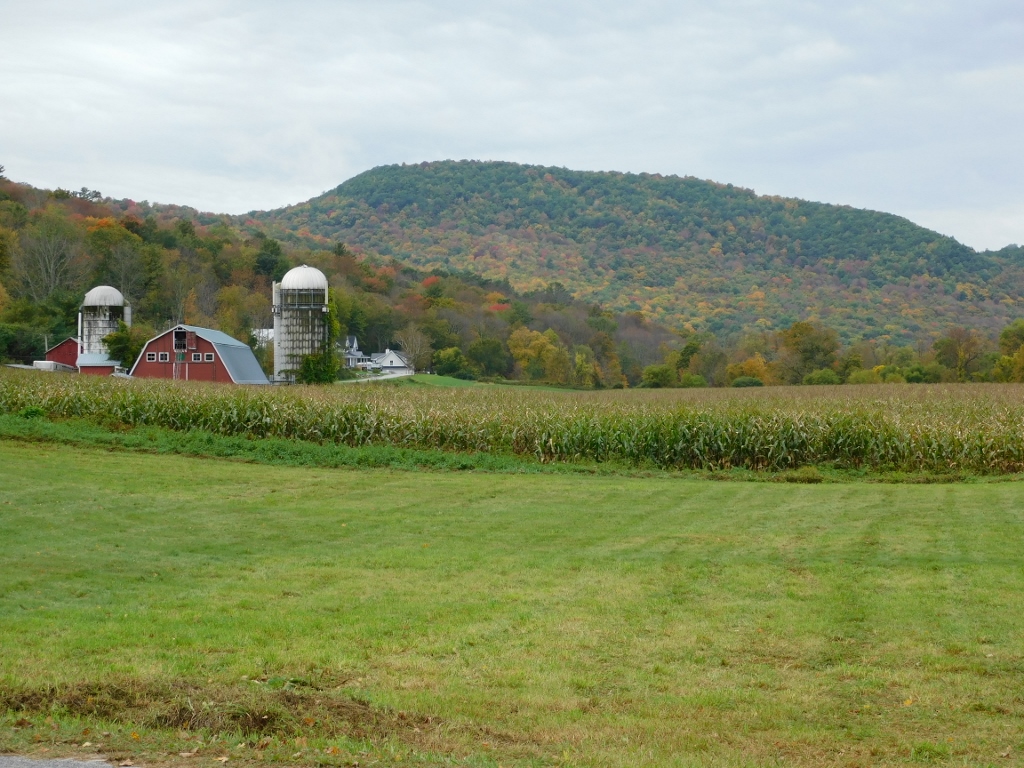 West Arlington
West Arlington
Towards the riverbed, the road leads between two white buildings. One of them is a former school, while the other is the West Arlington Methodist Church.
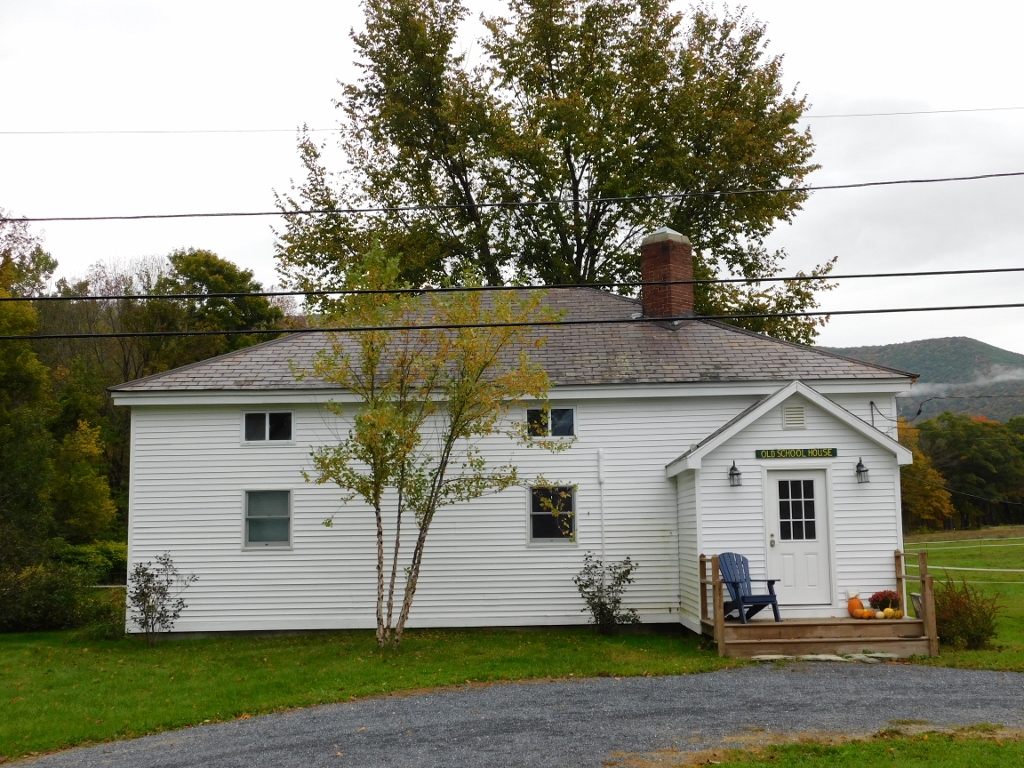 Old school in West Arlington
Old school in West Arlington
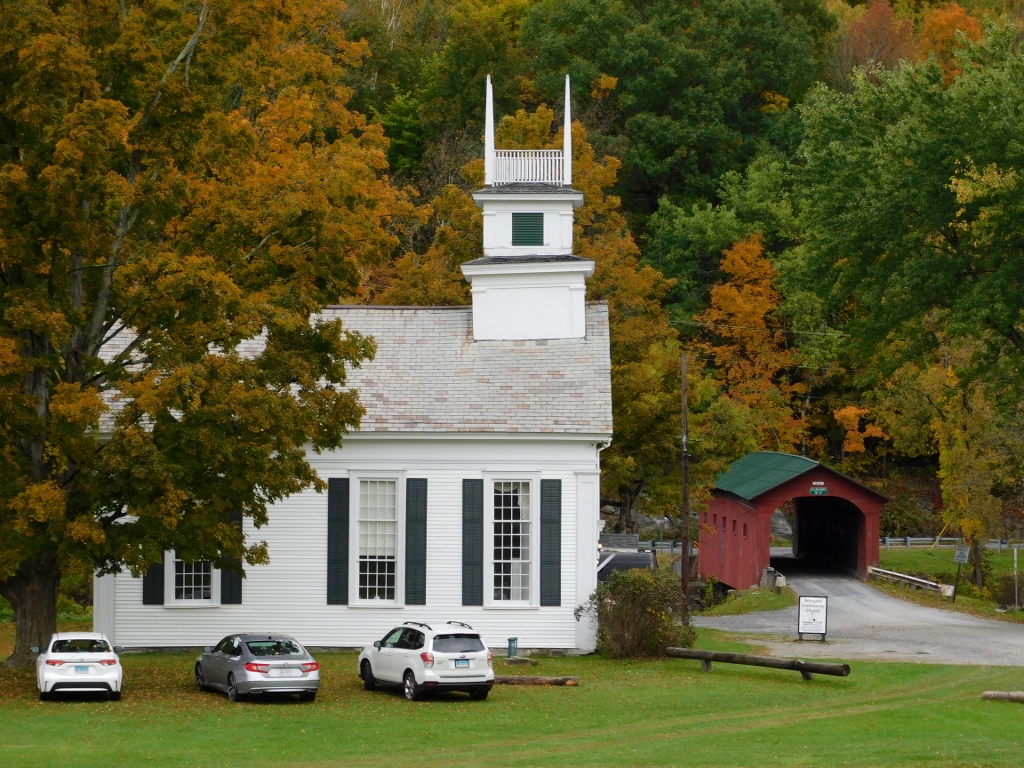 West Arlington Methodist Church
West Arlington Methodist Church
But, the main reason why we came here at all could be seen on the right-hand side in the photo above – this was the Arlington Covered Bridge.
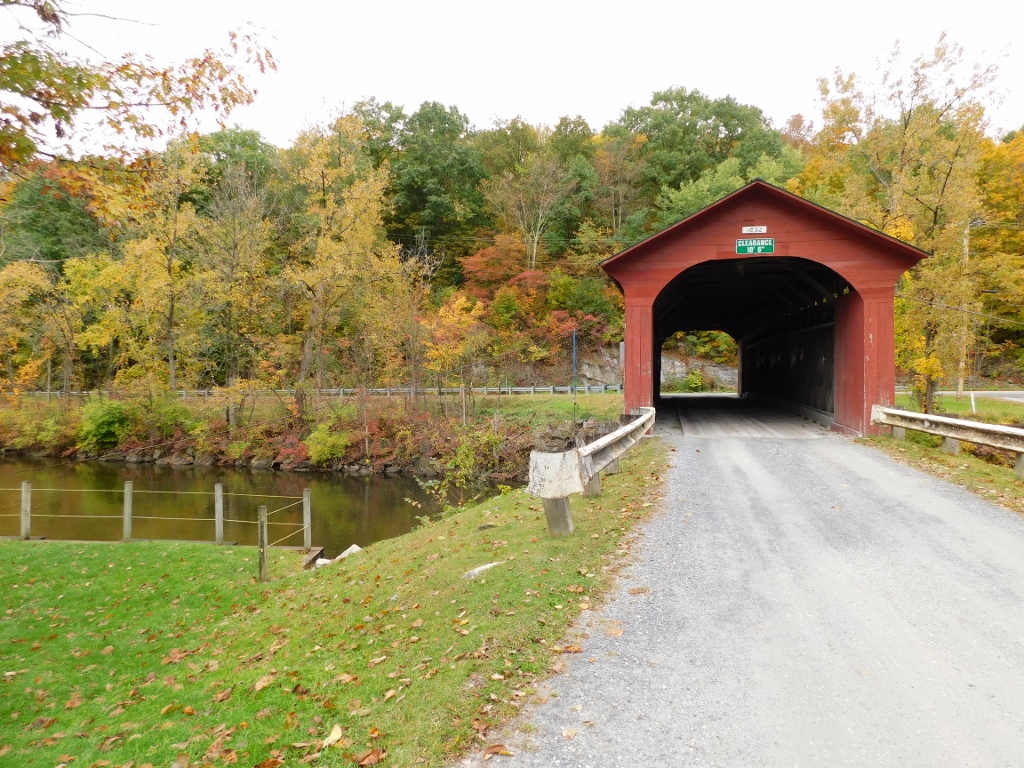 Arlington Covered Bridge
Arlington Covered Bridge
I don’t know about the others, but I first became aware of covered bridges thanks to “The Bridges of Madison County” film. Of course, this is a film for exceptionally romantic souls and so, every time I think I should have a good cry, I think of this film and that I should see it again because it could help me in the endeavour. Luckily, this is not a frequent occurrence in my life, so I did not see the film too many times. I guess just a couple of times from the beginning to the end. But, in addition to dealing with a heavy life story that includes two great actors in the leading roles, one of the supporting roles is played precisely by – covered bridges. Those concrete ones from the film are located in the federal state of Iowa, but the bridges actually don’t care where they are.
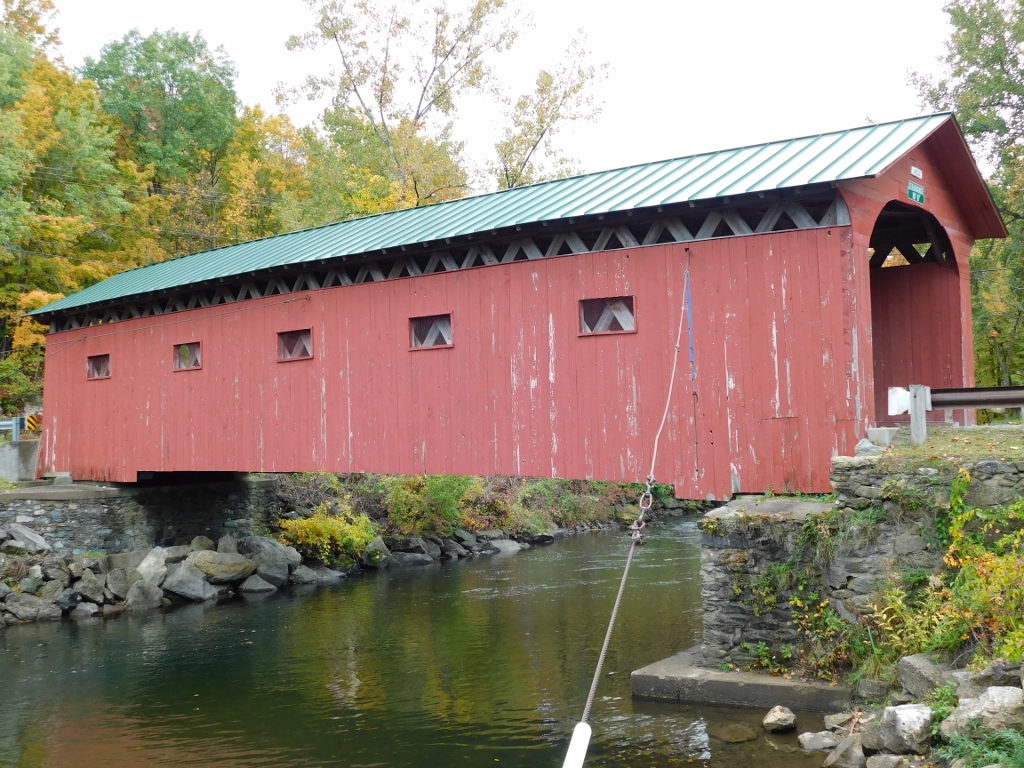 Arlington Covered Bridge
Arlington Covered Bridge
The covered bridges were built for a very simple reason – they last longer than those that are not covered. Namely, these are all timber bridges and when they are exposed to the atmospheric impact, they decay in around 20 years as a maximum, while covered timber bridges may last for as much as over 100 years.
They were originally built in Germany and Switzerland, but this practice was later transferred to Canada and the USA, especially during the 18th and the 19th centuries. In the USA alone, around 14,000 of covered bridges were built, but only some 700 of them have survived to date. I am not an engineer, but I find these bridges (probably because of the romantic associations) to be very interesting and beautiful. Thus, I was very happy that I came to this one in Arlington and not only did we drive over it (hence the exclamation mark above when I first mentioned this), I also walked through it a couple of times in order to take photos.
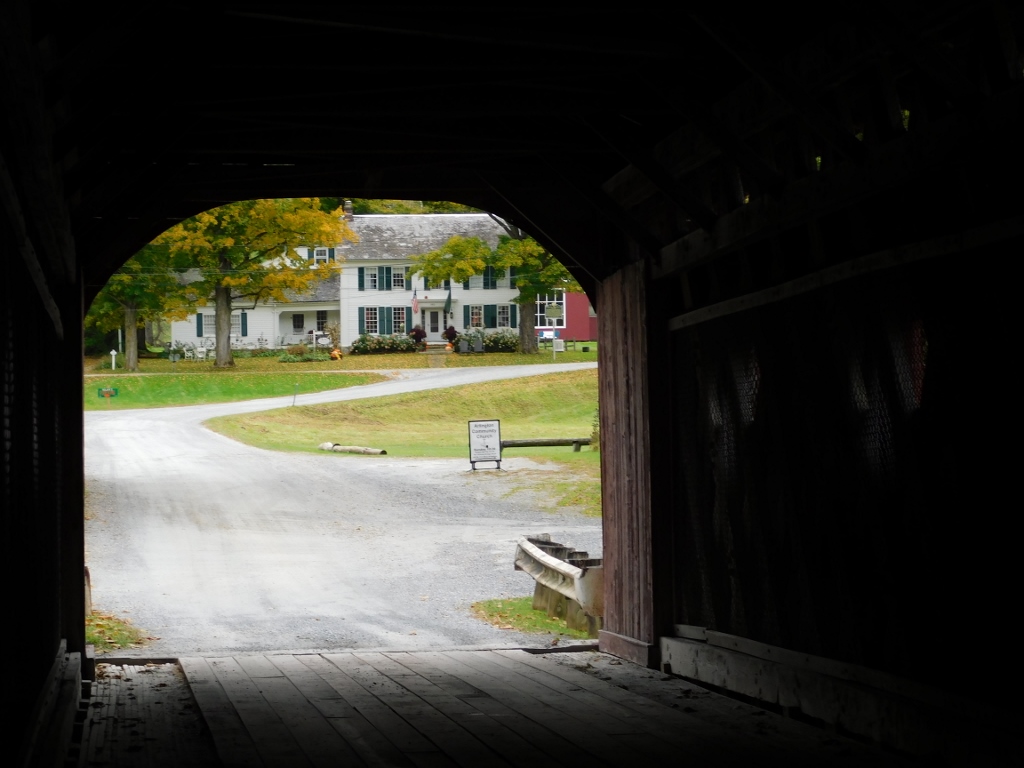 Arlington Covered Bridge
Arlington Covered Bridge
During this trip, we drove past a few other covered bridges, but because of the time constraints, we did not go to see any other. Well, ok. I was just very happy that I even saw this one.
While I was dealing with the bridge, I was lucky to find myself here right at the time when there were some ongoing “lessons” provided by a school. No, this was not a kind of a school for children, but a fishing school. The diligent students had entered the water in the proper attire and the instructor had already explained how to throw the hook, while one of the main rules was written in large letters on one of the boards on the riverbank – all caught trout must be released immediately.
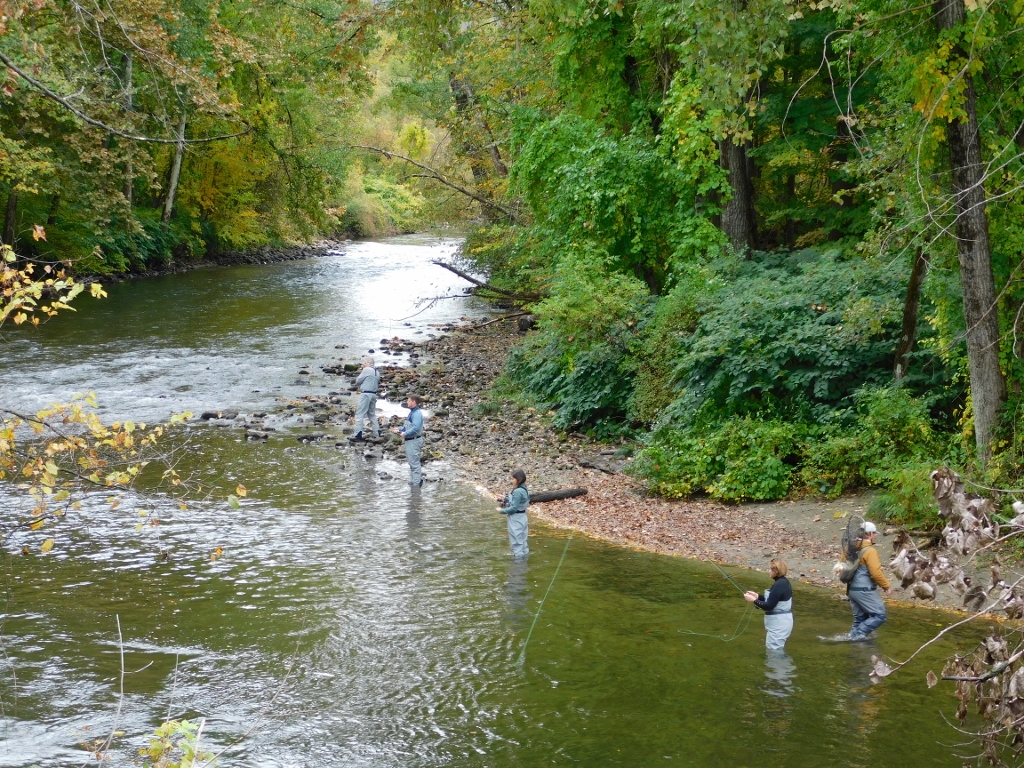 Fishing School in West Arlington
Fishing School in West Arlington
Since Daniela and I could not have our coffee at that hotel of the closed type, we stopped at the first site where there was coffee on offer and that was a local general store. As we were walking from the parked car towards the entrance, I could not help admiring the typical American appearance of this shop.
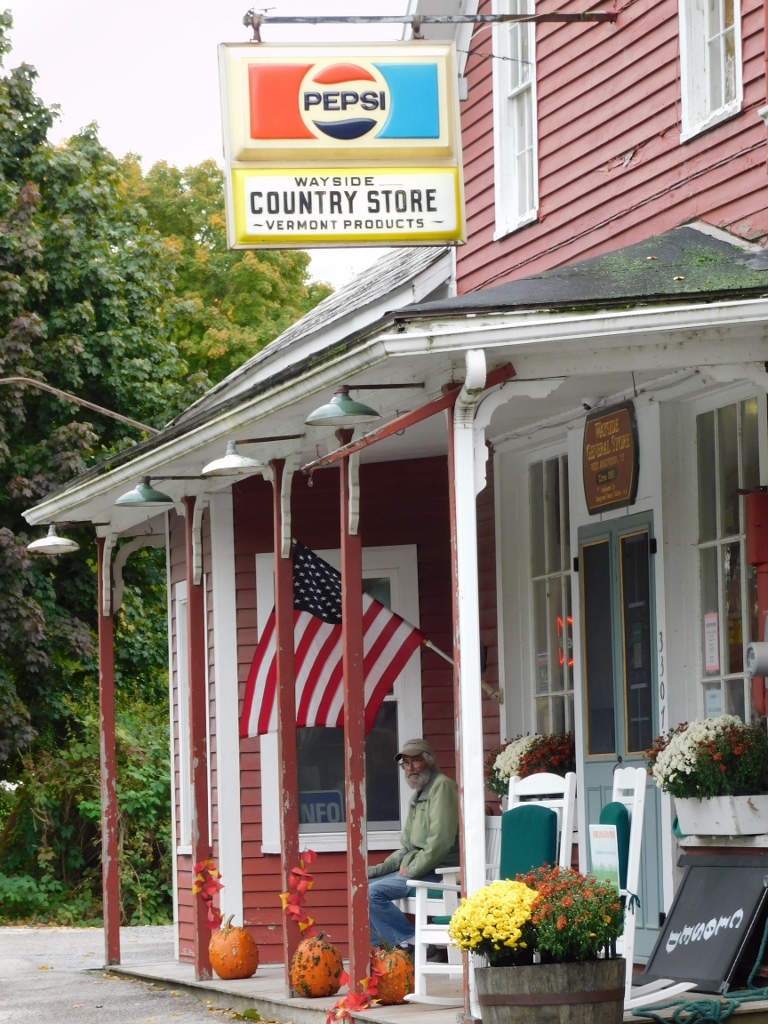 General store close to Arlington
General store close to Arlington
I found the store, which was a combination of a shop and a café, completely film-like, but that is because I am not used to such places. The two women who worked here were exceptionally kind. In addition to the coffee, and there were some great variations to choose from, we also took a sandwich each which these ladies warmed up for us. It was a good breakfast and, like a proper tourist, I had to take photos of a part of the shop where I was.
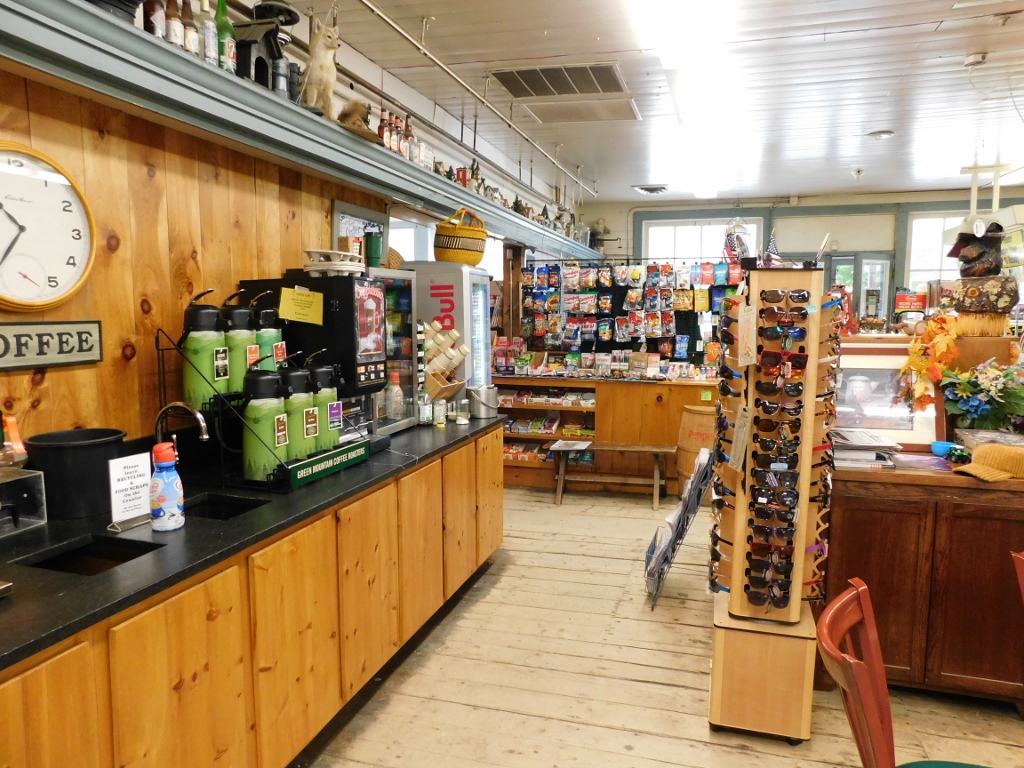 General store close to Arlington
General store close to Arlington
And when we got out, again I admired the beauty of the colours in nature and the neatness of the human interventions.
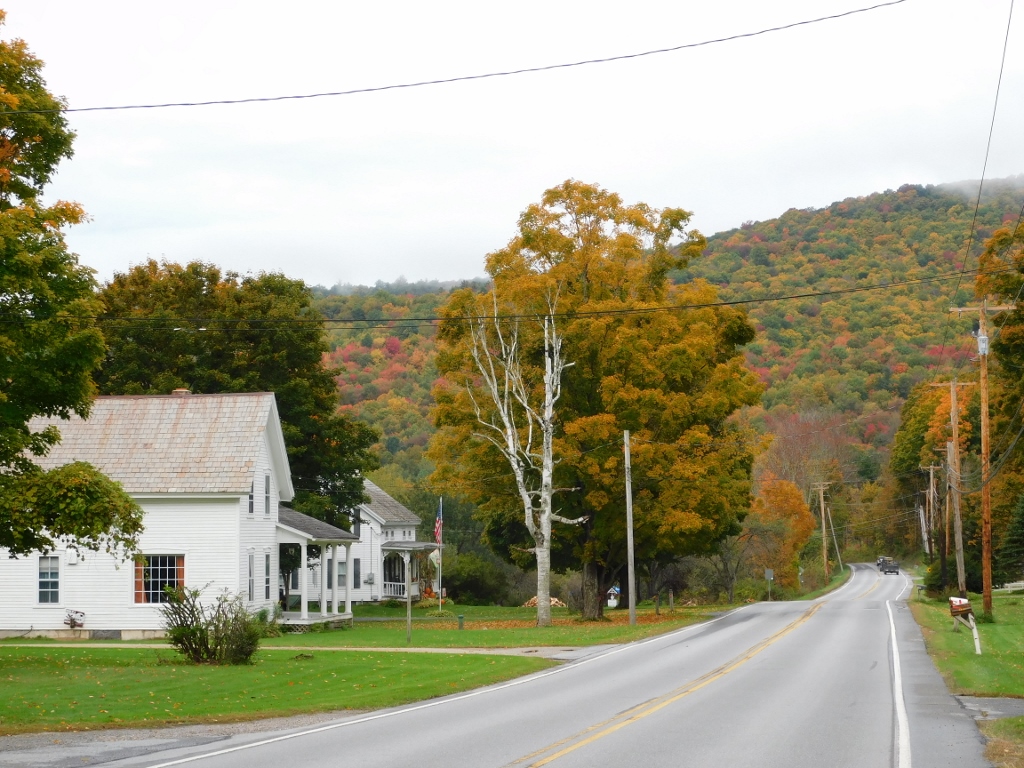 Autumn close to Arlington
Autumn close to Arlington
Soon we drove back to the main road in Vermont that goes in the north-south direction. In fact, this is an old route and it is marked as 7A, with an additional attribute – Historic. Although this road leads beside some nice places, as well as one historically interesting site, the main reason for this attribute is to differentiate it from the new one that runs in parallel and that is a contemporary road with several lanes. No, we did not want to take motorways here and contentedly continued further northwards towards the town of Manchester.